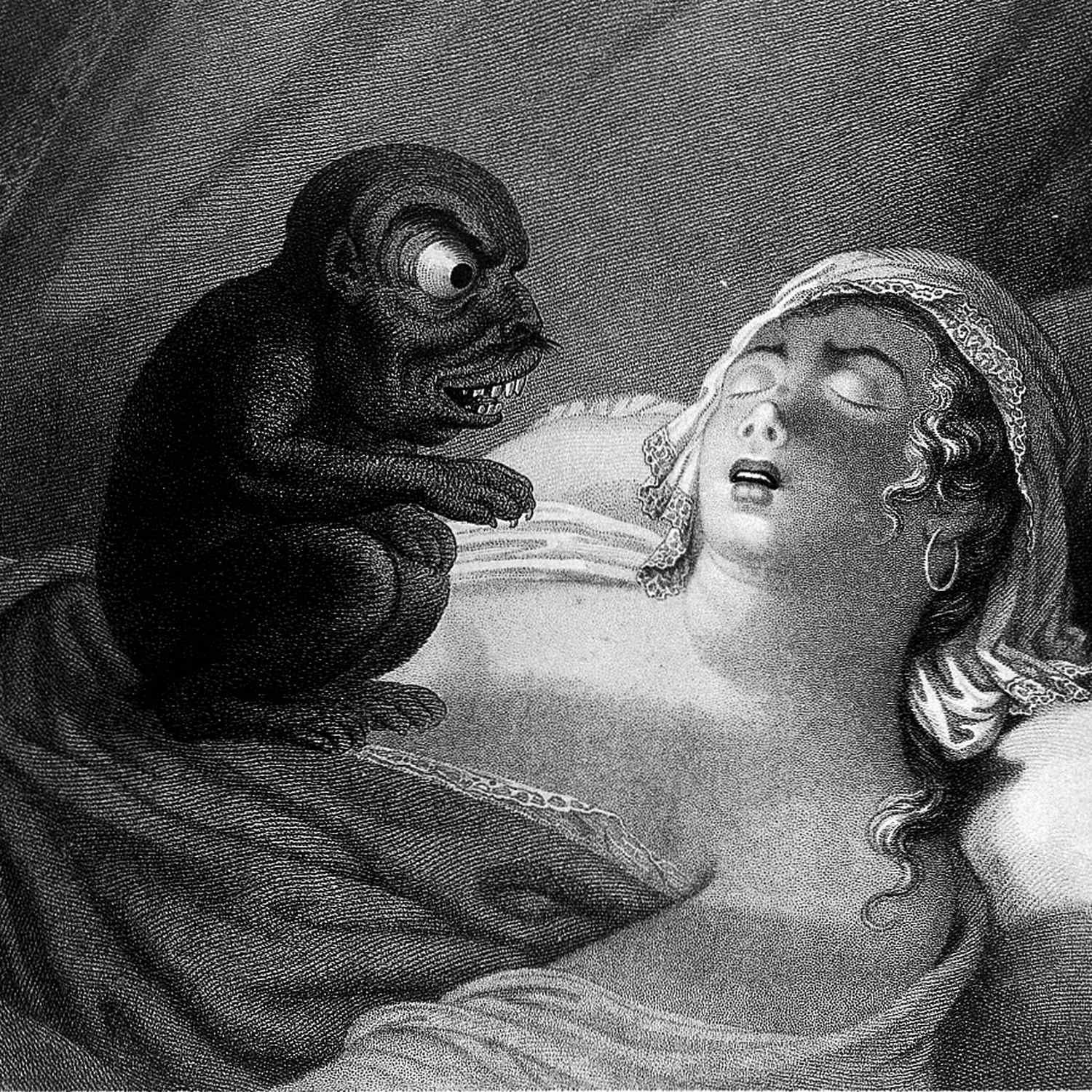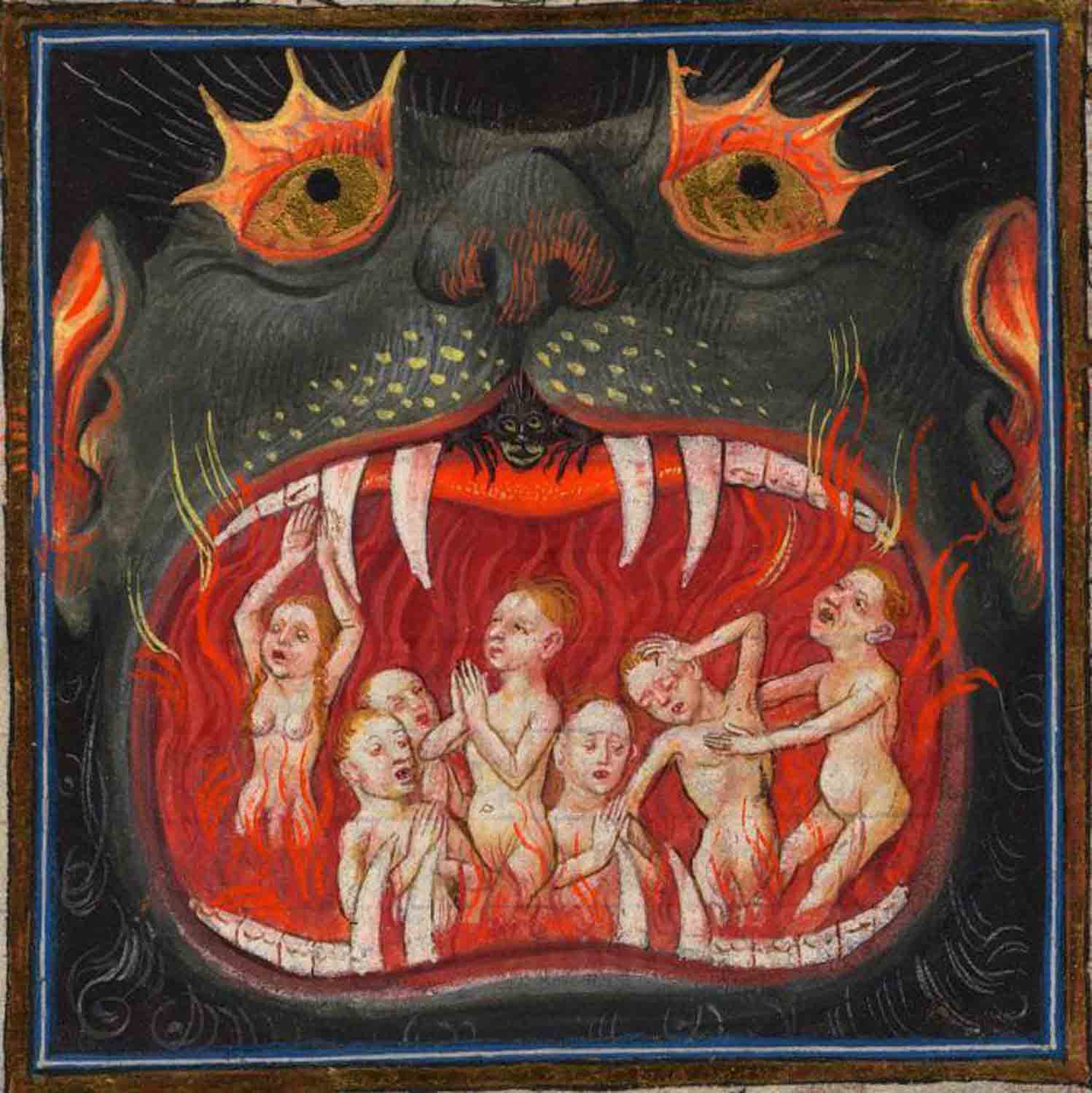Christian prayer hotlines are common in the United States. Less common are prayer hotlines for the other guy. Since 2012, the Satanic Missionary Society in Olympia, Washington has managed a Satanic prayer line on their blog and receive prayer requests from people all over the country. They ask for help with things like miscarriage, a romantic affair with a mother-in-law, a successful rap career, and more.
Content Note: Explicit Content.
Among those callers is Tyler Higgins, a young man from New England asking for Satanic prayers to get into The American Musical and Dramatic Academy (aka. AMDA), his dream acting school. But Tyler was raised a Seventh Day Adventist. And his whole life, his pastors and parents told him that all popular actors sold their souls to Satan in exchange for fame and success. With that in mind, Tyler researches Satanism online and found the Satanic Missionary Society and their prayer line. Desperate to follow his dream of acting, Tyler calls and asks for Satan's help to get into AMDA. A few weeks later, his devout Christian parents stumbled upon email exchanges between Tyler and the Satanic mission. They call the pastor over immediately to perform an exorcism.
The Satanic Prayer Hotline was started by a man who calls himself "The Anti-Chris" in Olympia, Washington. It is no longer active, but you can still hear the entire archive of prayer requests. And if you're feeling frisky, you can purchase a one-of-a-kind Faustian Bargain kit, including tools and instructions on how to sell your soul to the Prince of Darkness himself.
Below are varying depictions of hell and Satan. Click images to enlarge and read about their origins.
Special thanks to The Anti-Chris, Ashlee the Blind Satanist and Lillith Starr for their help on this episode.
This episode was produced by Bethany Denton with editing help from Jeff Emtman. Our editor at KCRW is Nick White.
Please review us on iTunes!
Music by The Black Spot ||| Serocell ||| Swamp Dog
























